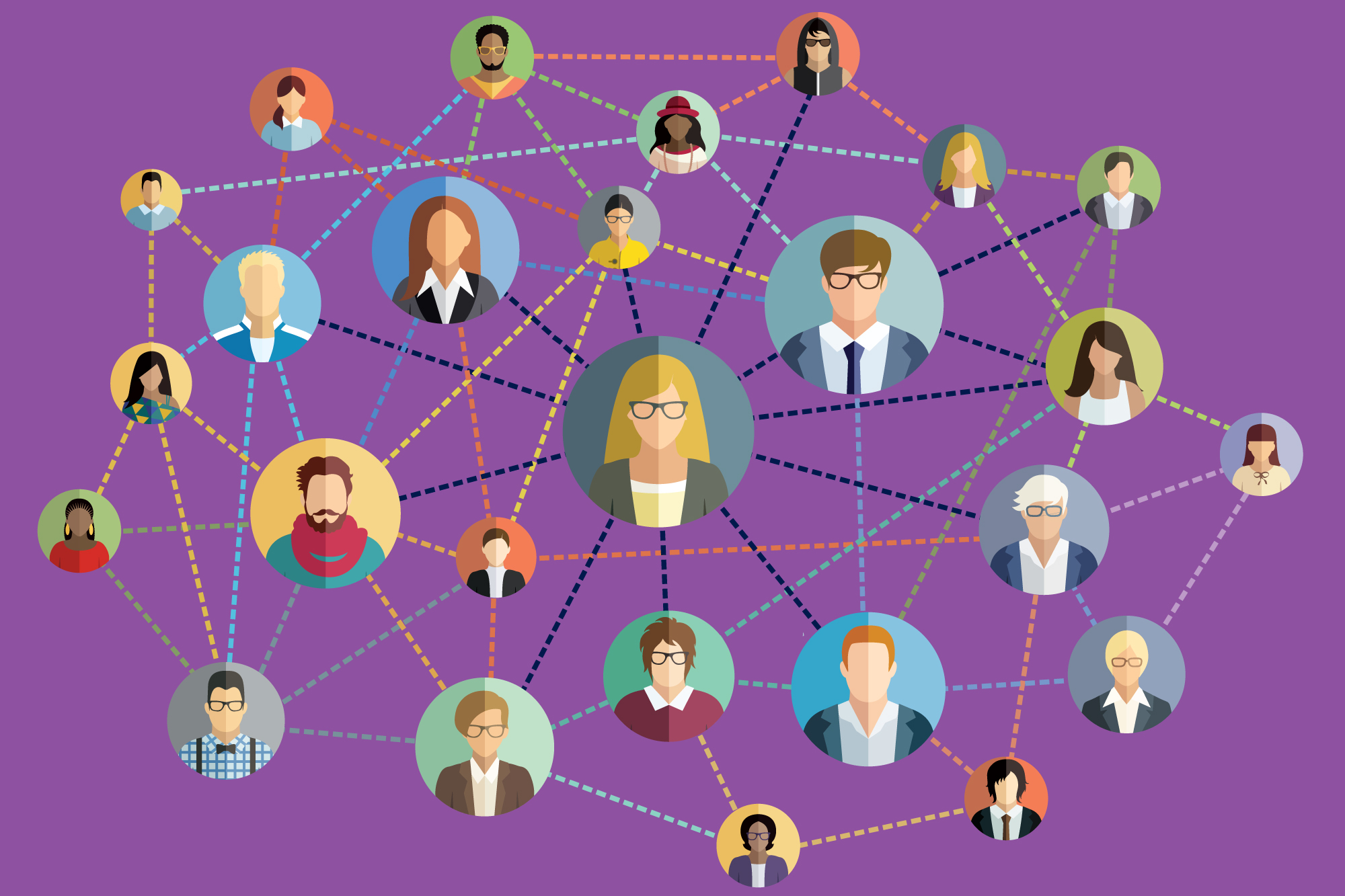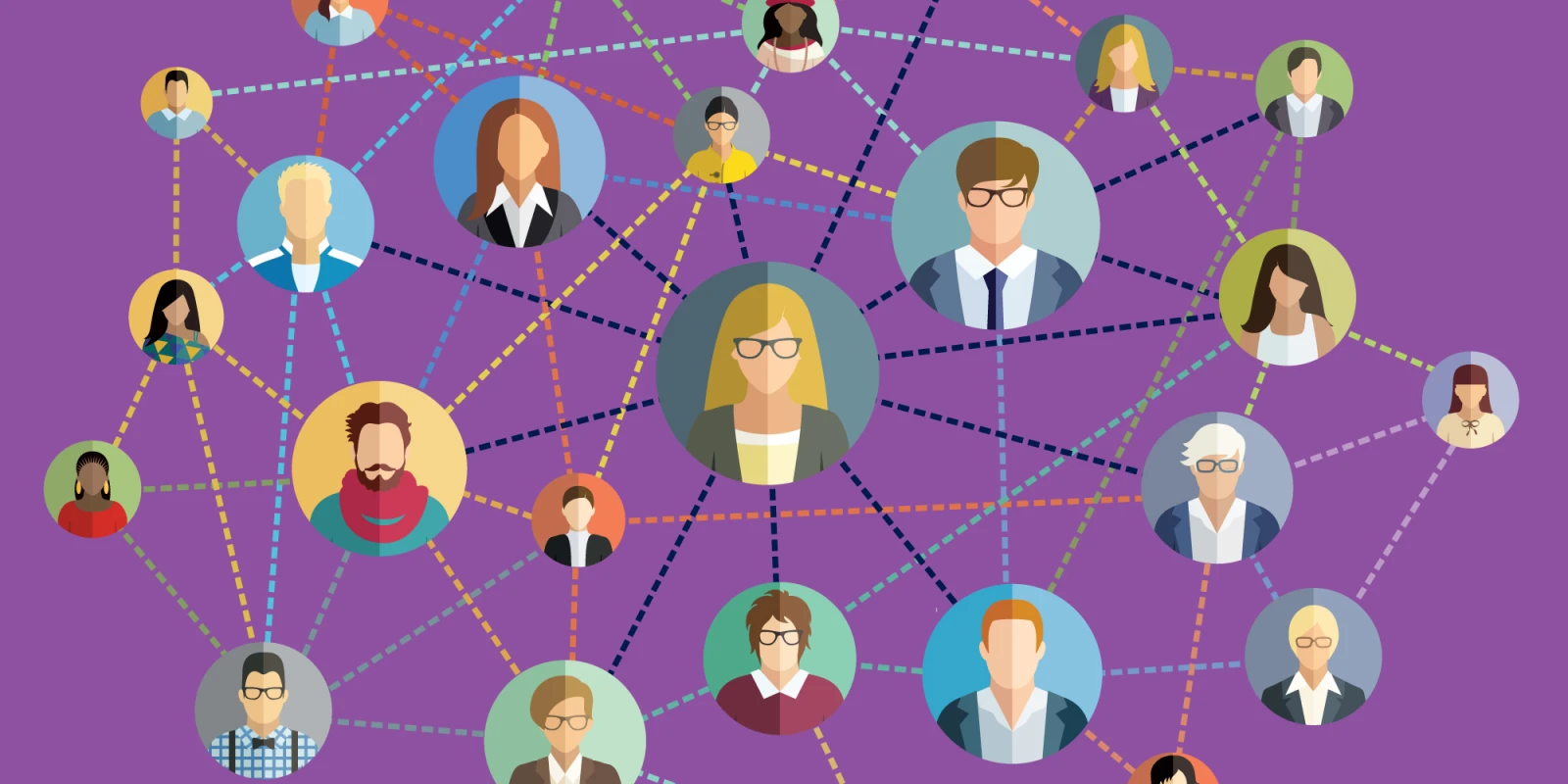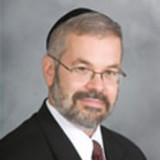
A national conference such as the American Academy of Physical Medicine and Rehabilitation (AAPMR) annual meeting is about many things, depending on where you are in your career. For a trainee or someone looking for a change, it can be about a new practice opportunity. For a leader in the field, it is a chance to meet and discuss some of the weighty issues facing physiatry today. It may be about a new skill, an opportunity to discuss your science, or just fun in the sun (or the cold, as was true of San Antonio this November).
For me, a senior member of the Academy and a Department Chair at Michigan Medicine, AAPMR is about connections. The meetings are a great time to connect with old friends, former trainees, and with people I need to know to do my job, whether it is running my department or growing a research program. A 2-minute connection can accomplish more than a flurry of emails, and I try to take every advantage of that at these annual events.
Connections happen everywhere at a meeting. I met a former colleague from Michigan, now a department chair in Utah, as he rode the elevator to the gym. I spoke with another colleague as we waited for an Uber to take us to the Pediatric Rehabilitation Specialty day. I ran into the family of a former resident while on the Riverwalk. I always try to spend some time wandering the halls of the convention center, running into people, having conversations, building old relationships, and making new ones.
This year, I was pleased to run into Chris, who has built a great program in Austin and is now on the American Board of PM&R. I hadn’t seen Sarah since her graduation in 2006, and it was great to hear about her growth in Cancer Rehabilitation in Madison. Josh is a relatively new Chair in North Carolina— I shared my experience with him and learned a few things from him, as well. Cristina had amazing stories to tell about her work on reservations in South Dakota, and we talked about her coming in for a visit to share them with my trainees. Scott and I have been friends for 30 years; we meet yearly at AAPMR and this time we talked about retirement plans.
The highlight when it comes to connections is the alumni reception. This year, we held it at a restaurant venue on the Riverwalk. Over 50 people found their way to the Iron Cactus — alumni and former faculty, as well as current members of the department. It was great to see Matt (for the first time in years) and he promised to come back to Ann Arbor for alumni day and the football game. Rebecca made her way to the reception from Italy. People came with friends, spouses, and even children.
What is most satisfying is the opportunity to foster connections between members of my current faculty. We have become so large that not everyone knows one another. For example, who knew that Walter attended the University of Puerto Rico on a ping pong scholarship? I immediately made sure he was connected to Melissa, who leads our adaptive sports effort, and I look forward to an adaptive ping pong day.
At the end of the night, as I made my way back to the hotel, I reflected on what the connections I had made meant to my work. I had leads on new research collaborations; I had heard of job opportunities for some of our trainees; I had new insight on developing telemedicine in our department; I had advocated for a few causes that are important to me; and, I had encouraged alumni to stay connected to the department, which always strengthens our national network. Most importantly, I had built and reinvigorated important personal and professional relationships. I even met new colleagues. In an age when digital communication and Skype meetings are commonplace, face-to-face contact can still not be replaced. Webinars and podcasts contribute much to our learning, but as long as human connections remain our best communication avenue, national meetings will be an important part of career and personal growth.







